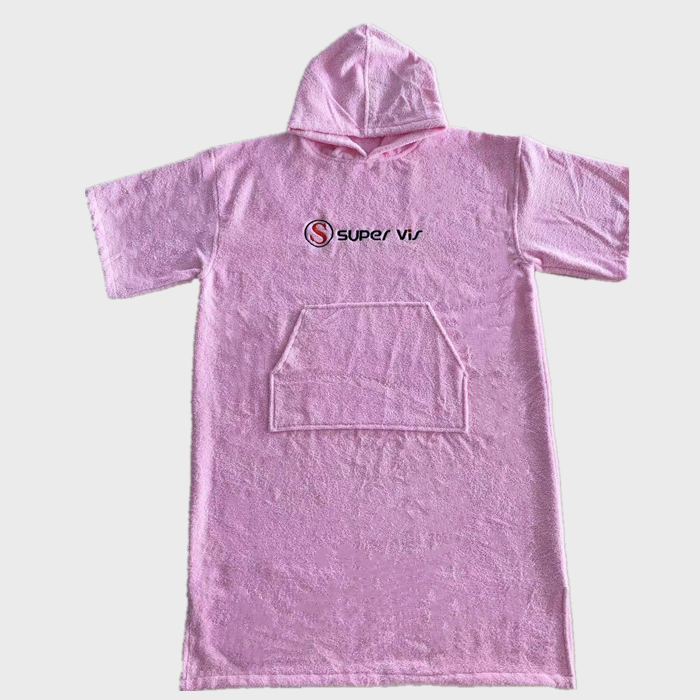The trend of raising chickens in domestic fermentation beds
China is a large chicken-rearing country. In 2005, the country’s chicken rearing capacity was 7 billion. In 2005, the country’s total egg production reached 28.795 million tons, which accounted for 43.7% of the total world egg production, ranking first in the world. While the chicken industry has achieved great results, environmental pollution has also come one after another. Chicken manure is the main waste of chicken farms. In China since the mid-1970s, with the rise of large-scale chickens, the treatment of chicken manure has plagued chicken farm operators and relevant management departments. According to the information, some chicken egg farms in China are not treated in time due to chicken droppings. The ammonia gas and hydrogen sulfide gas emitted by the chicken droppings make the laying hens suffer from respiratory diseases. The egg production rate is only 30% of the normal chicken farms. . Due to the poor environment of chicken farms and the spread of chicken diseases, the overall mortality rate of some chicken farms is as high as 35%, which seriously affects the economic benefits of chicken farms. According to statistics, the amount of animal manure produced in China reached 2.1 billion tons in 2001, which is 2.7 times that of industrial solid waste. It is estimated that by 2010, the national livestock and poultry manure emissions will reach 4.5 billion tons. If such a large amount of livestock and poultry excrement is handled improperly, it will inevitably bring about serious ecological and social problems. Undoubtedly, the farm that does not do any treatment of chicken manure has become a major source of environmental pollution. It poses a serious threat to its own production and the surrounding environment. To this end, the State Environmental Protection Administration has formulated and issued the "Drainage Standards for Livestock and Poultry Breeding Industry" and the "Technical Code for Pollution Prevention and Control of Livestock and Poultry Breeding," which strictly regulates the discharge standards for pollutants from various aquaculture enterprises. Experts at home and abroad have carried out a lot of research on the method of purifying livestock manure waste water. The existing various animal manure treatment technologies have a certain effect, but due to high investment and high operating costs, it is difficult for the general farms to bear large amounts of money. The manure treatment investment has made it difficult for the livestock and poultry breeding enterprises (farmers) who are already at a low profit to endure. In large numbers, large and medium-sized cities in China have designated a no-restriction area in order to prevent urban pollution. Field, moved to the countryside. At present, livestock manure processing and utilization methods commonly used include poultry manure drying, fermentation, animal manure and urine production, and biogas production and compost return. Although these methods use some of the excreta to reduce the pollution of the aquaculture in varying degrees, it is difficult to fundamentally realize the harmlessness and resource utilization of livestock and poultry excreta. The difficulty of chicken manure treatment comes from two aspects: On the one hand, the commercial value of chicken manure is low; on the other hand, the chicken manure has high moisture content, large impurities, large odor, and is difficult to process. Our country’s technological level in this area still has a certain gap compared with developed countries. It is difficult for the state to invest huge amounts of money in environmental protection without direct economic benefits. The meager profits of the aquaculture industry also make it difficult for companies to invest in environmental protection alone. About 80% of the country's large-scale livestock and poultry farms do not have pollution control facilities. Livestock and poultry manure are generally discharged on site without any treatment. During the fourteen years from 1991 to 2004 in Shanghai, a total of RMB 242 million was invested in the pollution control of livestock and poultry farming. However, the lesson learned from the treatment of livestock and poultry pollution over 10 years was high input, low efficiency, and underutilized resources, livestock and poultry. The problem of pollution prevention has not been fundamentally solved; the enlightenment is that the discharge of livestock and poultry pollution that meets the standard emission standard is impossible, and only comprehensive utilization of recycling resources is the fundamental way out. Although laying hens and cage rearing have made great contributions to the development of the poultry industry, with the progress of society and the improvement of people’s ideology, the animal welfare of chickens has become the public’s primary concern. In cage conditions, poultry can only instinctively eat, drink, lay eggs and sleep, and long-term cage maintenance puts the chicken in a state of irritability, helplessness, and even pain. The behaviour of laying hens is severely limited, the ability to resist stress is reduced, there are many feeding techniques, environmental conditions deteriorate, and the product quality is poor. Many foreign countries have banned or gradually banned traditional caged laying hens. In the 1990s, Sweden proposed the prohibition of cages for all laying hens. The German government had banned all traditional egg cages at the end of 2005. The EU required the ban on the use of traditional cages in 2012. Many foreign countries are committed to finding alternatives to traditional cage farming. Therefore, to improve the most pressing problems in the welfare status of laying hens, research on alternative production systems has become an important aspect of poultry welfare research. Developed countries in the world have advanced breeding techniques and complete housing conditions. They can provide the most suitable environment and complete nutrition according to the needs of laying hens. They can get rid of the negative external environment and the influence of climate. Under such favorable conditions, they still have To limit or prohibit the traditional laying hens, it is worth thinking about. Animal welfare is a concern of the world. China is a developing country. It is imperative for China's poultry industry to pay attention to and solve existing animal welfare issues. Paying attention to animal welfare is a manifestation of the improvement of human civilization and moral standards and social progress. It is a major trend in the development of the international community and an inevitable requirement for the sustainable development of the poultry industry. Paying attention to animal welfare also contributes to the development of livestock production performance and product quality, which in the final analysis is beneficial to human needs. Although grazing chickens have a small breeding density, large space for movement, and a good air environment, the behavior of chickens can be fully expressed, with strong physique, strong resistance, high product quality, and good flavor, but grazing and breeding has a lot of land area and breeding environment. The relatively high requirements, such as having a wide range of conditions such as woodlands, slopes and orchards, are more difficult to solve in densely populated areas and lack general promotion significance. In addition, the current chicken-raising pattern is very frightening for the chicken disease. According to statistics, the mortality rate caused by various types of poultry diseases in China is as high as 10% or more and the loss is nearly 10 billion RMB. The cost of medicine for each breeder chicken is more than 5 yuan, and the number of commercial laying hens is also more than 3 yuan; the cost of medicine for each broiler is about 2 yuan. Jinbao fermentation bed chickens can almost completely change the status quo, and can use the abundant straw resources and sawdust resources in the north, and the hull flour resources in the south, turn waste into treasure, that is, the use of the original need to burn (pollution of air) Straw also achieves the purpose of treating chicken manure as high-quality organic fertilizer and reducing air ammonia pollution. At the same time, simple chicken growing beds can be built anywhere, without damaging the structure of the cultivated land and protecting the arable land. In addition, it also improves the quality of chicken and eggs, reduces drug residues, greatly reduces the incidence of diseases, produces pollution-free meat and eggs products, protects the health of people and chickens, etc., and has a small investment, rapid scale formation, and several achievements.
Sample is available now, sample time 7-10 days. We support customized logo dry robe, surf towel poncho, hi vis work wear and safety jacket etc.
Customized design is also supported.
Surf Poncho with hood, hooded towel poncho, cotton towel poncho, quick dry poncho
We supported customized design also , We support video cal to discuss the details.
Poncho Towel Surf Hooded,Surf Poncho With Hood,Hooded Towel Poncho,Cotton Towel Poncho Suzhou Golden Gamrnet MFG Co.,Ltd , https://www.suzhoumfg.com


